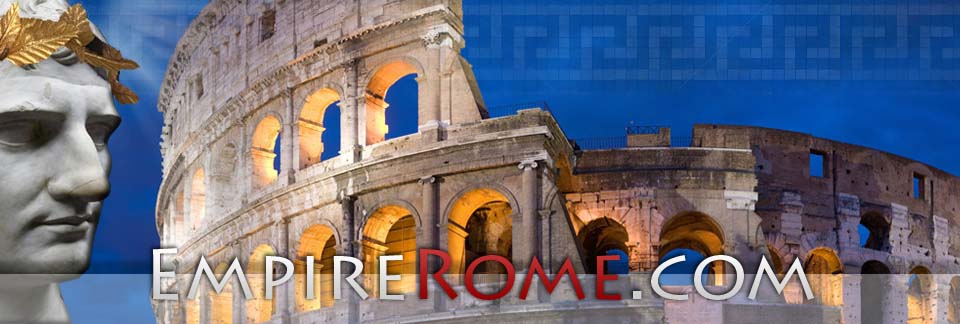
| DIANA “Goddess of the Moon & Hunting” | |
| God of: | Hunting, wild animals, virtue, childbirth, the moon, and woodlands, birth, protector of children, disease, and cures |
| Type: | Major |
| Roman Name: | Diana |
| Greek Name: | Artemis |
| Other Names: | Artemis Agrotera, Potnia Theron |
| Festivals: | August 13 |
| Shrine/Temple: | Temple at Ephesus |
Overview
In ancient Roman religion Diana was the goddess of hunting, wild animals, the moon, and woodlands. Diana was also known as the huntress, mother of creatures, destroyer, and the lunar virgin. Diana was the protector of childbirth and children until they were married. She was one of the three maiden goddesses, along with Minerva and Vesta, who swore never to marry. Diana was equal to that of the Greek goddess Artemis. She is of Italic origin which was prior to great Rome’s occupation or the organization of the structured empire known as Rome.
Diana was the daughter of Jupiter (Zeus) and Latona (Leto) and twin sister of the sun god Apollo. Because Jupiter had an affair with Diana’s mother, Jupiter’s wife Juno was furious. Juno’s wrath forced Diana’s mother Latona to flee to the island of Delos to give birth to her twins since Juno’s powers would not allow her to give birth on the land.
Besides Diana’s main godly powers, she was a symbol of sexual behavior of men and women in an ethical sense. Diana was a maiden goddess who swore never to marry. Diana was a virgin goddess who protected virgins and women and did not look highly upon men.
Virgin Goddesses
Diana is one of the three virgin goddesses. Diana, Minerva, and Vesta were all goddess who vowed to not be betrothed or married. The reason these goddesses vowed not to marry was either out of disgust for men or simply because their duties as protectors and goddess took precedence. The Virgin Goddesses share many similar traits and characteristics. Diana, Minerva, and Vesta are all powerful, resourceful, and intelligent. Each held importance in Ancient Roman society. This representation of powerful women is intriguing and important during a time when women in Ancient Rome had no say in politics, government, or much else in Ancient Roman society.
Duties, Attributes, and Symbols
Diana is most famous for her hunting skill with a bow and arrow like her brother Apollo. Additionally, Diana and Apollo were known for bringing plagues and cures to the mortals of Earth. Diana’s focus was generally on helping women while Apollo’s was on men.
In Ancient Roman art, Diana is usually portrayed as a young athletic woman wearing a short dress armed with her bows and arrows with a stag or hunting dog by her side. The short dress or hunting attire was specific to Diana because a long gown would not enable her to hunt successfully. Diana was praised for her physical grace and beauty. Although Diana was beautiful, she did not favor men and was known to bring great wrath on those who made advances towards her. Diana was a symbol of virtue; she was a virgin goddess, which was rare with the gods who had countless love affairs.
Animals and plants sacred to Diana were the stag, boar, bear, hawk, oak groves, and walnut tree.
Festivals and Worship
Diana was worshiped on the thirteenth of August. She is traditionally armed with a bow and arrow which was used to punish mortals and hunting. In many legends in ancient history she is honored for giving young women who were dying because of childbirth, a fast and pain free death. Festivals were held to honor the goddess as she presided over many athletic abilities, young women and children, elements, animals and law.
Triune
Diana was celebrated as part of a triune. The triune was composed of Diana and two other Ancient Roman deities named Egeria who was a water nymph, and Virbius, the woodland god.
Cult followers of the triune of Diana, Egeria, and Virbius held worshiped in sacred groves. Priestesses had to be chaste in order to enter temples of the virgin goddess. If a priestess was not pure, the goddess Diana would punish her greatly.
Click here to return to Ancient Roman Gods and Goddesses list.

